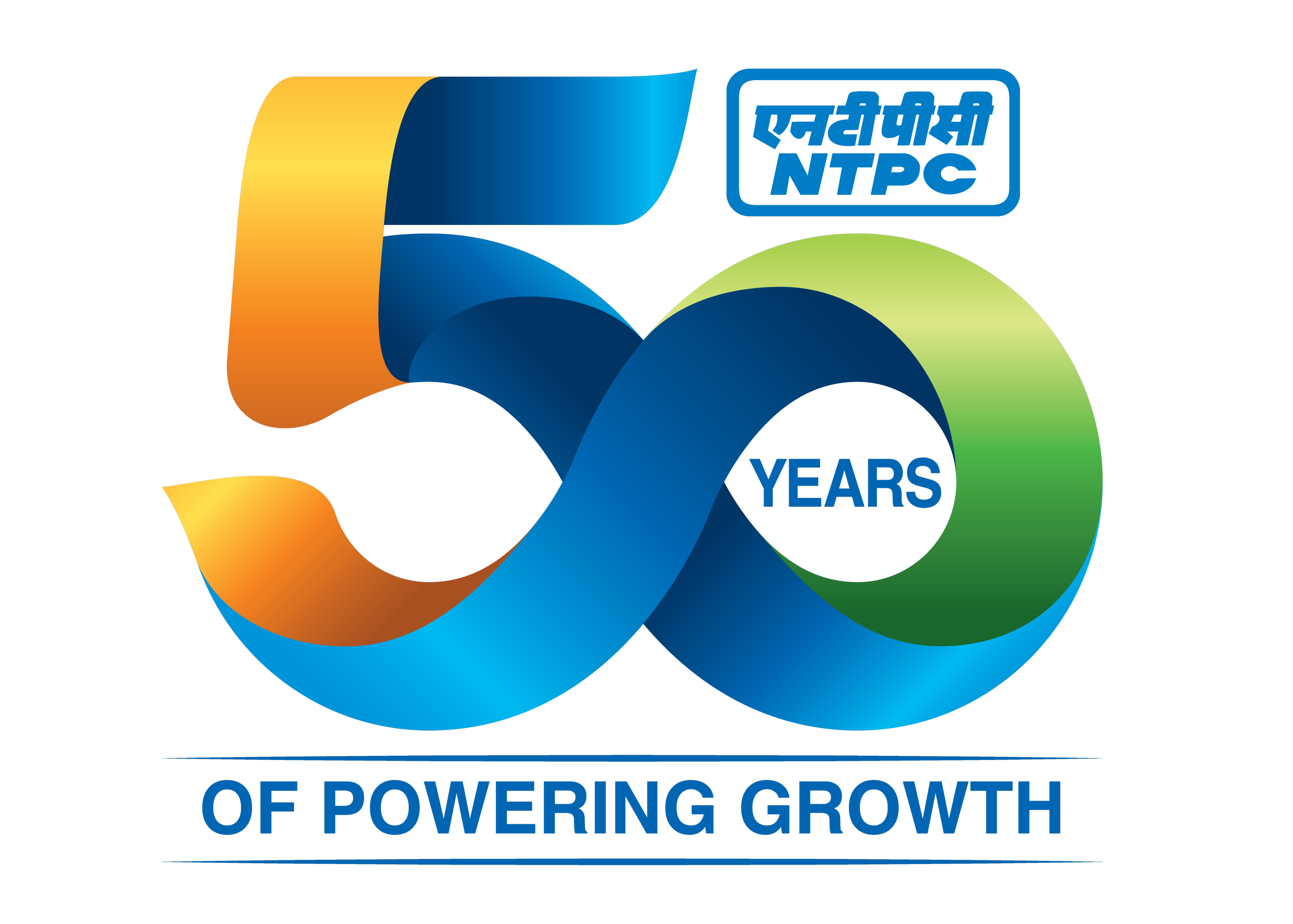Sewing Machine Operator
Entry Level Qualification
8
Career Fields
Apparel & Accessories
For Specially Abled





Career Entrance Exam
About Career
Like a Sewing Machine Operator, you will have to operate sewing machinery by turning knobs, screws, and dials to adjust the settings. You need to sew replacement parts or missing stitches according to specifications. You may need to replace sewing machine parts and perform basic maintenance activities like oiling the machine. You may also need to draw markings or insert pins on the fabric to have a rough idea of how to go about the design and the stitching. It will be your duty to baste the edges of the material, align them, and temporarily secure the garment parts for the final assembly. You need to select proper supplies such as fasteners and threads according to the specifications or requirements of the fabric. After your work is done, you need to inspect garments and examine repair tags and markings on the garment to locate defects or damage.
Key Roles and Responsibilities
Like a Sewing Machine Operator, you will be engaged with one or more of the following roles and responsibilities: -
1. You will be placing spools of a specified type and color of thread and winding bobbins on the sewing machine; drawing threads under tension spring and through guides into the eye of a needle.
2. You will be drilling or punching holes for inserting decorative or functional accessories, attaching handles, metal rings, and fastening hardware such as chains, etc.;
3. You may need to oil, clean, and lubricate the machines and replace empty spools/bobbins with full ones when necessary.
4. You may need to attach and set specially configured gadgets to a machine for achieving specific types of stitches.
5. You will be reading prescriptions or specifications, and taking measurements to establish the type of product to be made, using tape measures, calipers, or rulers.
6. You will be inspecting articles for defects, and removing worn or damaged parts, using hand tools; identifying and correcting (if possible) malfunctions in equipment and machinery.
7. You will be drawing patterns, using measurements, plaster casts, or customer specifications, and outlining positioning designs on workpieces.
PARTICULARS | DESCRIPTION |
Name | Sewing Machine Operator |
Purpose | Operates Sewing Machines |
Career Field | Apparel & Accessories |
Required Entrance Exam | No Entrance Exam |
Average Salary | 40000 - 150000 Rs. Per Year |
Companies For You | Apparel, Goods, Accessories, and Garments & Many More |
Who is Eligible | Any One |
Career Entry Pathway
Class 5 in school- NSQF Level 2 Certificate for ‘Sewing Machine Operator similar courses.
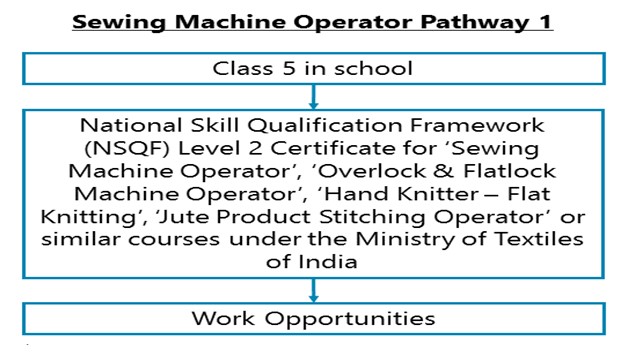
After completing Class 5 in school, you can go for the National Skill Qualification Framework (NSQF) Level 2 Certificate for ‘Sewing Machine Operator’, ‘Overlock & Flatlock Machine Operator’, ‘Hand Knitter – Flat Knitting’, ‘Jute Product Stitching Operator’ or similar courses under the Ministry of Textiles of India. The total number of training hours will vary between 200 and 400.
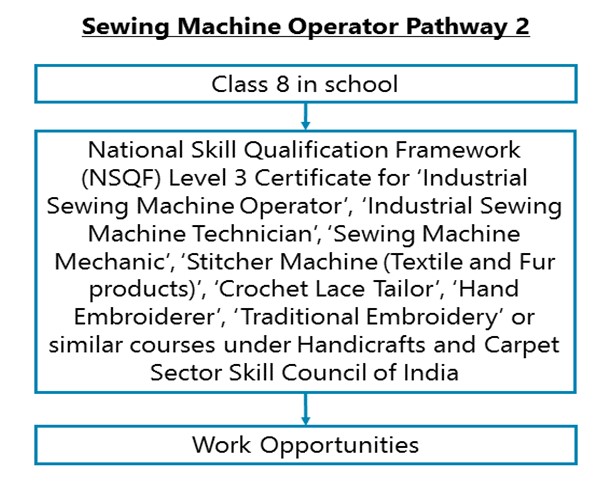
After completing Class 8 in school, you can go for National Skill Qualification Framework (NSQF) Level 3 Certificate for ‘Industrial Sewing Machine Operator’, ‘Industrial Sewing Machine Technician’, ‘Sewing Machine Mechanic’, ‘Stitcher Machine (Textile and Fur products)’, ‘Crochet Lace Tailor’, ‘Hand Embroiderer’, ‘Traditional Embroidery’ or similar courses under Handicrafts and Carpet Sector Skill Council of India. The total number of training hours will vary between 200 and 1200.
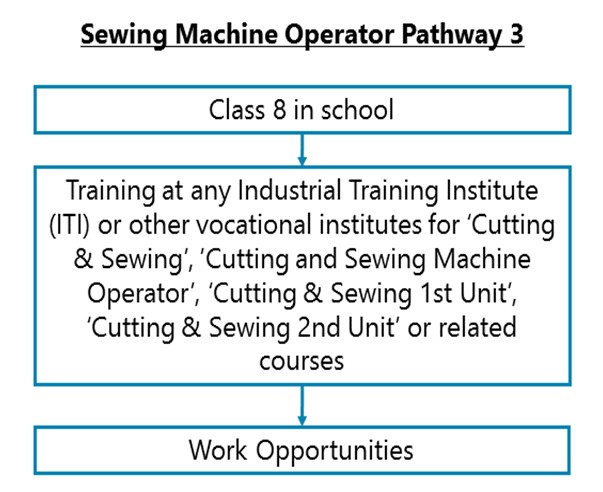
After completing Class 8 in school, you can go for training at any Industrial Training Institute (ITI), National Skill Training Institute (NSTI), Regional Vocational Training Institute (RVTI), National Vocational Training Institute (NVTI), Industrial Training Center (ITC), Workshop Training Institute (WTI). You will sit for the All India Trade Test (AITT) to get a National Trade Certificate (NTC) after this course. This exam is held twice a year in February and July.
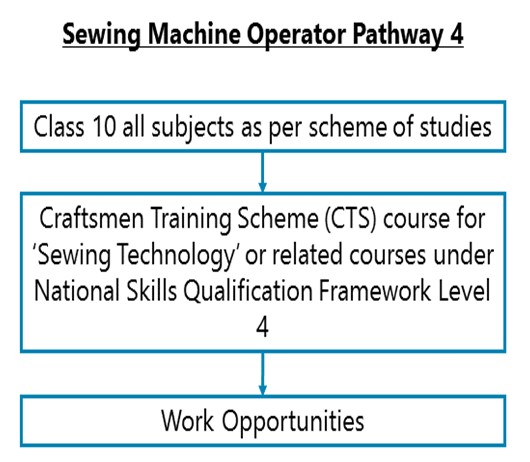
After Class 10, you can go for the Craftsmen Training Scheme (CTS) course for ‘Sewing Technology’ or related courses under the National Skills Qualification Framework Level 4. This is a 1-year course with 2 semesters of 6 months each.
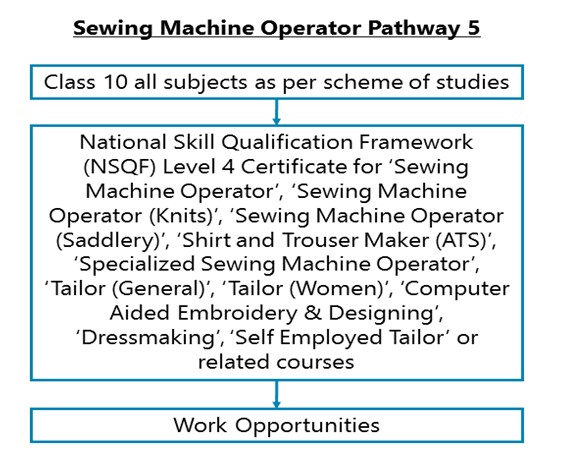
After Class 10, you can go for National Skill Qualification Framework (NSQF) Level 4 Certificate for ‘Sewing Machine Operator’, ‘Sewing Machine Operator (Knits)’, ‘Sewing Machine Operator (Saddlery)’, ‘Shirt and Trouser Maker (ATS)’, ‘Specialized Sewing Machine Operator’, ‘Tailor (General)’, ‘Tailor (Women)’, ‘Computer Aided Embroidery & Designing’, ‘Dressmaking’, ‘Self Employed Tailor’ or related courses. The total number of training hours will vary between 200 and 2080. Other than the course for ‘Designer and Master Cutter’, the rest can be pursued after Class 5 in school as well.
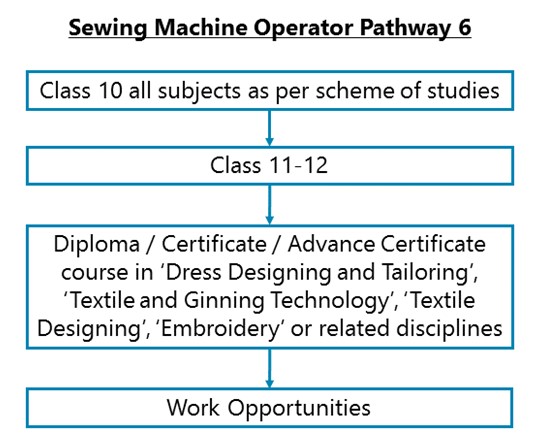
After Class 12, you can go for a Diploma / Certificate / Advanced Certificate course in ‘Dress Designing and Tailoring’, ‘Textile and Ginning Technology’, ‘Textile Designing’, ‘Embroidery’, or related disciplines. Various institutes offer this course in distance learning mode too meaning you do not have to go to the Institute for classes other than for in-plant or practical training. However, others provide coaching in the regular mode where you have to visit the Institute to take the classes. These courses are generally for 1-3 years.
Required Qualification & Competencies
After class 5, you can go for NSQF Level 2 Training courses. After class 8, you can go for:
1. NSQF Training courses.
2. ITI Training courses.
After class 10, you can go for:
1. NSQF Training courses.
2. CTS Training courses.
3. Class 11-12
Various private/public vocational training establishments across India offer related courses on:
1. Cutting and Sewing Machine Operator
2. Mechanic Sewing Machine
3. Sewing technology
4. Service Skills Development Program (Textile & Apparel)
MINIMUM EDUCATION REQUIRED | MAXIMUM EDUCATION REQUIRED |
Under Secondary Certificate Programs for which the minimum eligibility is a pass in any class below class X. | Post Higher Secondary Diploma / Certificate Programs for which the minimum eligibility is a pass in Higher Secondary / Class XII School Leaving examination. |

Competencies Required
1. You should have an interest in Realistic Occupations. Realistic occupations involve more practical and hands-on activities than paperwork or office work. Realistic occupations often involve physical activities for getting things done using various tools and equipment.
2. You should have an interest in Conventional Occupations. Conventional occupations involve repetitive and routine tasks as well as fixed processes or procedures for getting things done. These occupations involve working more with data, systems, and procedures and less with ideas or creativity.
3. You should know about Production and Processing - raw materials, production machinery, production systems, production processes, quality control, and other techniques for manufacturing or construction and distribution of goods.
4. You should have Arm-Hand Steadiness - The ability to keep your hand and arm steady while moving your arm or while holding your arm and hand in one position.
5. You should have Manual Dexterity - The ability to quickly move your hand, your hand together with your arm, or your two hands to grasp, manipulate, or assemble objects.
6. You are always or mostly careful about your actions and behavior.
7. You are practical always or in most situations.
8. You are always or mostly disciplined in your actions and behaviour.
9. You are always or mostly organized in your day-to-day life and activities.
Career - Job Opportunities & Profiles
You will get job opportunities for roles like:
1. Industrial Sewing Machine Operator
2. Machine Operator – Embroidery and Handloom
3. Stitching Machine Operator
4. Embroiderer / Knitter
Some of the corporate or public sector factories, designer apparel brands, private labels, workshops, and firms that will require your services are in industries like:
1. Apparel, Goods, Accessories, and Garments
2. Retail / Wholesale
3. Export / Import
4. Printing / Packaging
Career Growth
From entry-level job positions as a Stitching machine operator, Industrial Sewing Machine Operator, Machine Operator – Embroidery and Handloom, Embroiderer / Knitter, etc., you will grow up to roles like Junior / Senior Supervisor; Master tailor, pattern maker; advanced pattern Master; Designer Tailor / Embroiderer; Supervisor and Foreman; Sewing machine expert; Maintenance Manager; Quality Supervisor, etc.
Salary Offered
1. Salaries vary according to job profiles and the kind of facilities you get to work at.
2. In entry-level jobs: You may get about Rs. 3,000 – Rs. 10,000 or more per month.
3. Salaries increase with your work experience and as you get promoted.
4. After having 1-6 years of experience, you may expect about Rs. 7,000 – Rs. 15,000 per month or more.
5. After having 6-12 years of experience, you may get about Rs. 12,000 – Rs. 25,000 or more per month.
6. In senior-level jobs, with 12-20 years of work experience, you may expect to get about Rs. 20,000 – Rs. 30, 000 or more per month.
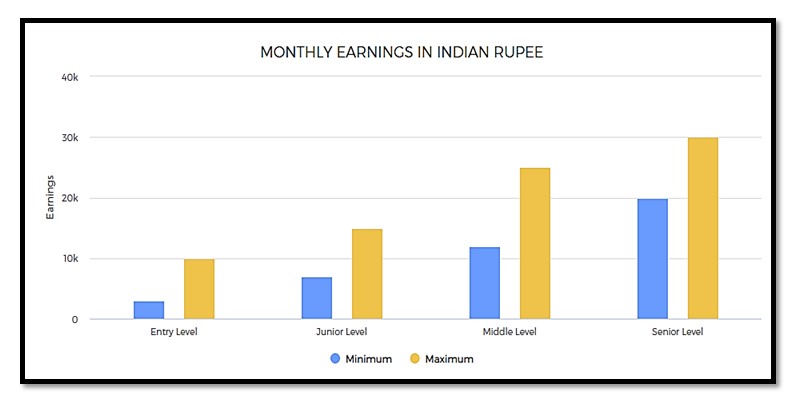
Monthly Earnings In Indian Rupee
Entry Level | Junior Level | Mid Level | Senior Level | ||||
Min Earning | Max Earning | Min Earning | Max Earning | Min Earning | Max Earning | Min Earning | Max Earning |
3000 | 10000 | 7000 | 15000 | 12000 | 25000 | 20000 | 30000 |
1. Entry level: 0 - 2 years of work experience
2. Junior Level: From 1 to 12 years of work experience
3. Mid-Level: From 5 to 20+ years of work experience
4. Senior Level: From 10 to 25+ years of work experience (there could be exceptions in some high-end technical, financial, engineering, creative, management, sports, and other careers; also shortly, people will reach these levels much faster in many careers and some careers, these levels will have no meaning as those careers will be completely tech skill driven such as even now, there is almost no level in a Cyber Security Expert’s job)
Work Activities
1. Operating machines, equipment, devices, systems, and processes - Using various methods and techniques to operate machines, equipment, devices, systems, and processes in industrial and other settings.
2. Getting Information and learning - Observing, hearing, reading, using computers, or otherwise obtaining information and learning from it.
3. Inspecting equipment, systems, structures, and materials - Inspecting equipment, systems, structures, and materials to ascertain quality, performance, defects, causes of errors, etc.
4. Performing physical activities - Performing physical activities that require the use of your arms and legs and moving your whole body, such as climbing, lifting, balancing, walking, stooping, and handling materials.
5. Handling and moving objects and materials - Using hands or otherwise using physical strength to handle and move objects and materials; maneuver, install, lift, place, manipulate, etc.
6. Communicating with co-workers and others - Communicating with people in writing, verbally or otherwise inside your workplace and various other people who have professional relationships with your place of work including vendors, government officials, etc., or with people at large.
7. Providing advice and consultation to others - Giving advice or consultation to others about various issues, conceptual matters, know-how, scientific matters, products, or services.
Future Prospects
The prospects for this pathway seem to be marginally improving. India is the largest exporter of yarn in the global market.

Future Prospects At A Glance
Current (0-1 year) | Long Term (2-5 years) | Very Long Term (6-10 years) |
Somewhat Negative | Slow Growth | Moderate Growth |
